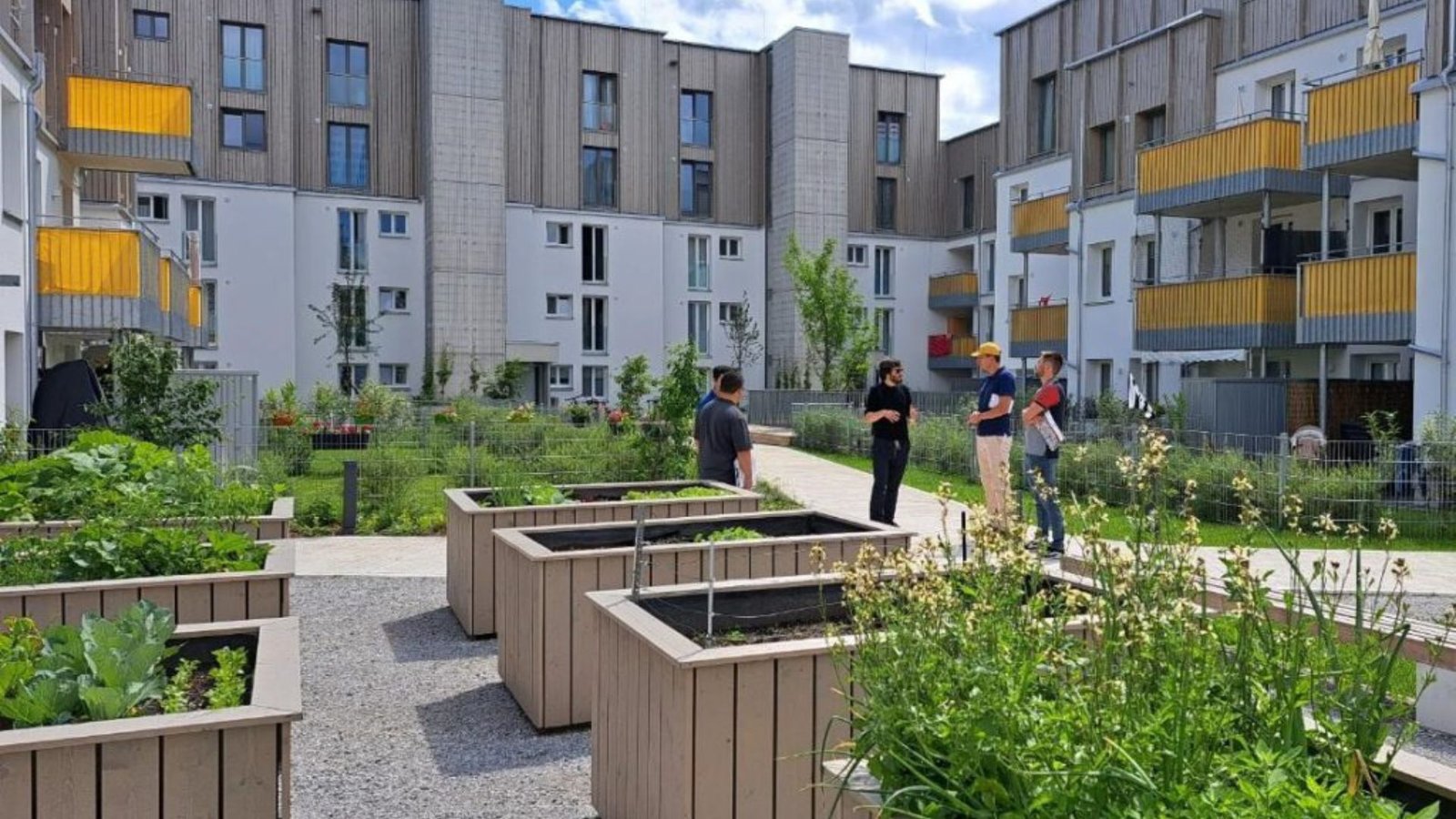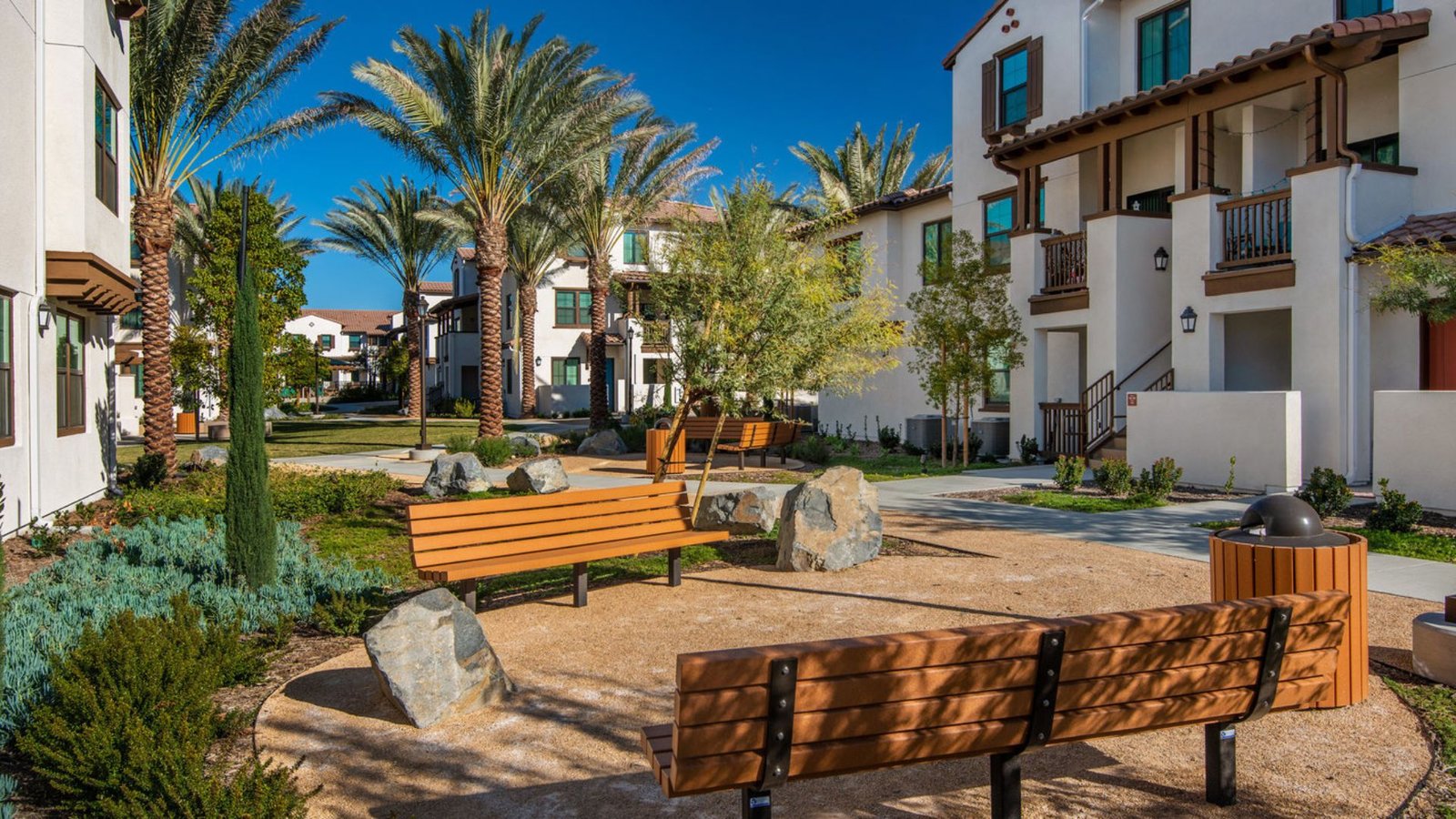Best Practices for Designing Affordable Housing
Ever wondered what goes into designing affordable housing that’s not just affordable but also livable and sustainable? Designing affordable housing is about more than just cutting costs—it’s about creating homes that people can thrive in. Let’s explore some practical tips and best practices that architects and developers use to design housing that meets both budget constraints and community needs.
Practices for Designing Affordable Housing
Understanding Community Needs
The first step in designing affordable housing is understanding the needs of the community it serves. What are the demographics? What amenities are lacking? By engaging with potential residents early in the design process, architects can create housing that meets specific needs, whether it’s family-friendly layouts, accessibility features, or proximity to essential services like schools and healthcare.

Efficient Land Use: Maximizing Space
Land is often one of the biggest costs in housing development. Efficient land use means making the most of available space without sacrificing quality of life. This can include designing multi-story buildings or compact housing units that maximize the number of homes per square foot of land. Efficient use of land also means considering shared spaces like gardens or community centres that enhance residents’ quality of life.
Sustainable Design: Building for the Future
Sustainability isn’t just a buzzword—it’s a crucial aspect of affordable housing design. Building energy-efficient homes reduces utility costs for residents and lowers the environmental impact of the development. Designing for natural ventilation, incorporating renewable energy sources like solar panels, and using environmentally friendly building materials all contribute to sustainable, affordable housing that benefits both residents and the planet.
Cost-Effective Materials and Construction Methods: Keeping Budgets in Check
Affordable housing projects often operate on tight budgets, so choosing cost-effective materials and construction methods is essential. This might include using durable, low-maintenance materials that reduce long-term upkeep costs. Prefabricated or modular construction techniques can also speed up construction timelines and lower labour costs. By optimizing materials and methods, developers can deliver quality housing at a lower cost to residents.
Flexibility and Adaptability: Designing for Changing Needs
Communities evolve, and affordable housing should be adaptable to future needs. Designing flexible floor plans that can accommodate different household sizes or incorporating universal design principles that cater to residents of all ages and abilities ensures longevity and inclusivity. This approach not only future-proofs housing developments but also fosters a sense of community and belonging among residents.
Access to Transportation and Amenities: Enhancing Quality of Life
Proximity to public transit reduces commuting costs and improves access to job opportunities and services. Designing walkable neighbourhoods with parks, shops, and healthcare facilities within reach enhances residents’ quality of life and promotes community interaction.
Community Engagement: Empowering Residents
Engaging residents in the design and development process empowers them to take ownership of their living environment. Community input can shape decisions about amenities, green spaces, and programming that meet local needs and preferences. Building a sense of community from the outset fosters pride and social cohesion among residents, creating sustainable and resilient neighbourhoods.
Partnerships and Funding Strategies: Collaborating for Success
Developing affordable housing often requires collaboration between government agencies, nonprofit organizations, and private developers. Forming partnerships can leverage resources, secure funding, and navigate regulatory challenges more effectively. By pooling expertise and resources, stakeholders can overcome barriers to affordable housing development and create sustainable models for future projects.
Conclusion
Designing affordable housing isn’t just about constructing buildings; it’s about building communities where people can thrive. By incorporating these best practices—understanding community needs, maximizing space, promoting sustainability, and fostering community engagement—architects and developers can create affordable housing that’s not only cost-effective but also enriches the lives of residents. As we look to the future, prioritizing inclusive and sustainable design principles will continue to play a crucial role in addressing housing challenges and creating vibrant, resilient communities for all.
Affordable housing design is a commitment to social equity and sustainable development, ensuring that everyone has access to safe, affordable homes where they can build their futures and contribute to thriving communities.



